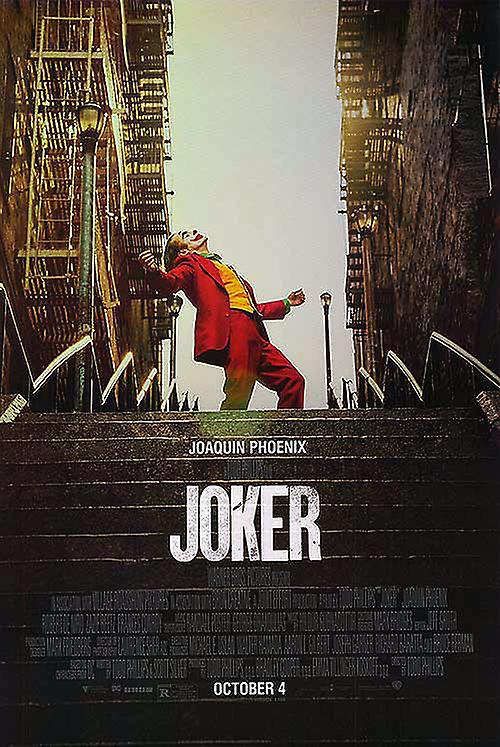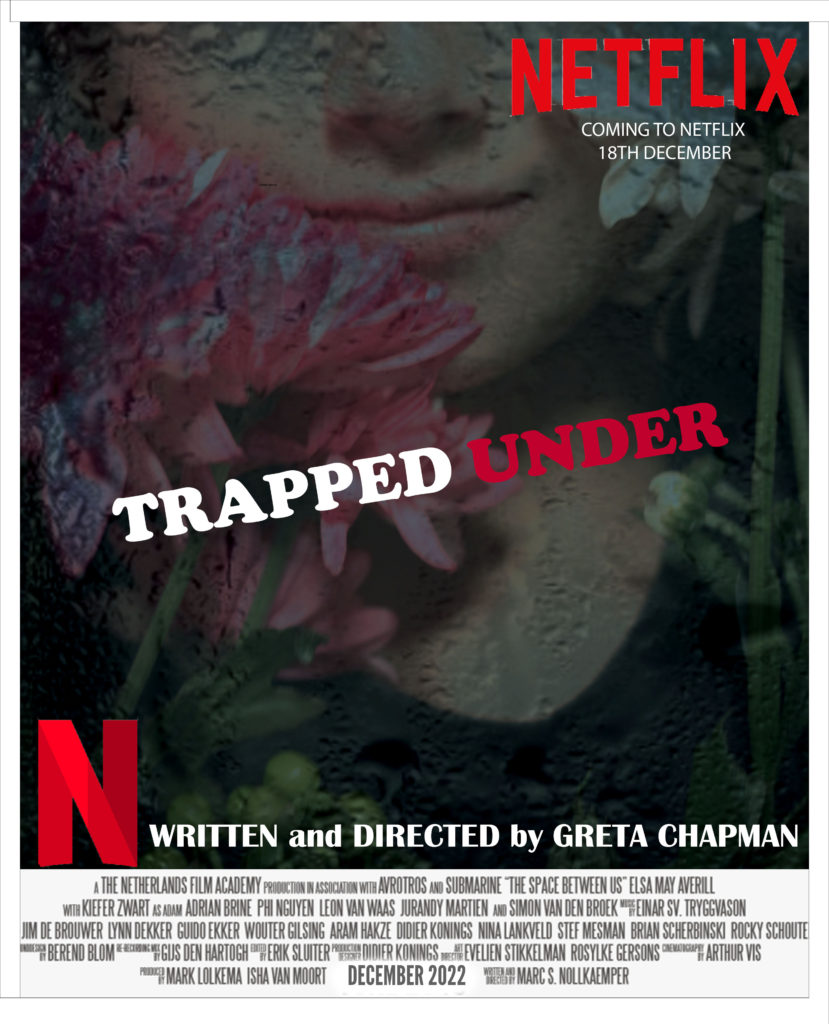Key idea: the political, personal and cultural are always intertwined
The Idea of Resistance and Political Protest
Culture is what influences people’s hearts, minds and opinions. This is the site of popular change.
Antonio Gramsci: Italian philosopher writing in the 1930s
● Hegemonic: dominant, ruling-class, power-holders
● Hegemonic culture: the dominant culture
● Cultural hegemony: power, rule, or domination maintained by ideological and cultural means.
● Ideology: worldview – beliefs, assumptions and values
Cultural hegemony functions by framing the ideologies of the dominant social group as the only legitimate
ideology.
Subculture; Working-class youth culture
“We ain’t seen as human beings with feelings
Will the U.S. ever be us?” = Dehumanizing
“Slavery’s still alive, check Amendment 13” =
“We staring in the face of hate again” = Racism towards black people still hasn’t changed from all those years ago of being treated poorly.
“The caged birds sings for freedom to bring” = Could imply slaves who were caged and wanting to be free again
“Black bodies being lost in the American dream” = Police brutality
US 5% population but 25% of the worlds prisoners
1975 = 3000 prisoners
Today = 2.3 million prisoners
Postcolonialism
concerns IDENTITY and REPRESENTATION. In other words, where does our identity come from? How is our identity formed? How do we understand our own identity and how is our identity represented in the local, national and global media? You can look at another post that looks at identity, representation and the self. But here it is specifically looking at identity and representation through the lens of Empire and Colonialism.
The Shadow of Slavery
Postcolonial critical thought emerged as a distinct category in the 1990’s, with an aim to undermine the universalist claims that ‘great literature has a timeless and universal significance [which] thereby demotes or disregards cultural, social, regional, and nations differences in experience and outlook’ (Barry, 2017: 194). In other words, postcolonial criticism challenges the assumption of a universal claim towards what constitutes ‘good reading’ and ‘good literature’; questioning the notion of a recognised and overarching canon of important cultural texts – book, poems, plays, films etc – much of which is institutionalised into academic syllabi.
postcolonialism is a way of critically way of looking at culture. A key figure is Edward said. His book is called orientalism.
“the power to narrate, or to block other narratives from forming or emerging, is very important to culture and imperialism”
literature, painting, music, poetry, arts are framed the best for the west and the east is the least
Jacques Lacan ‘the other’
search for identity by looking in the mirror or by someone else. The mirror is kind of a media text. You see yourself differently and we know who we are.







